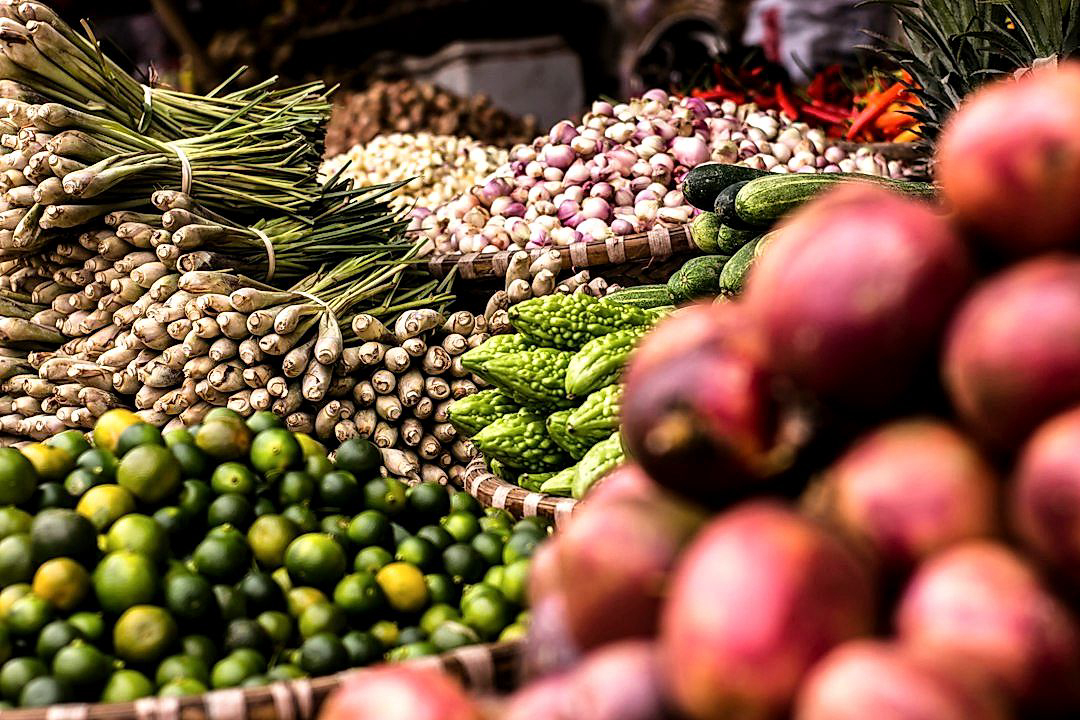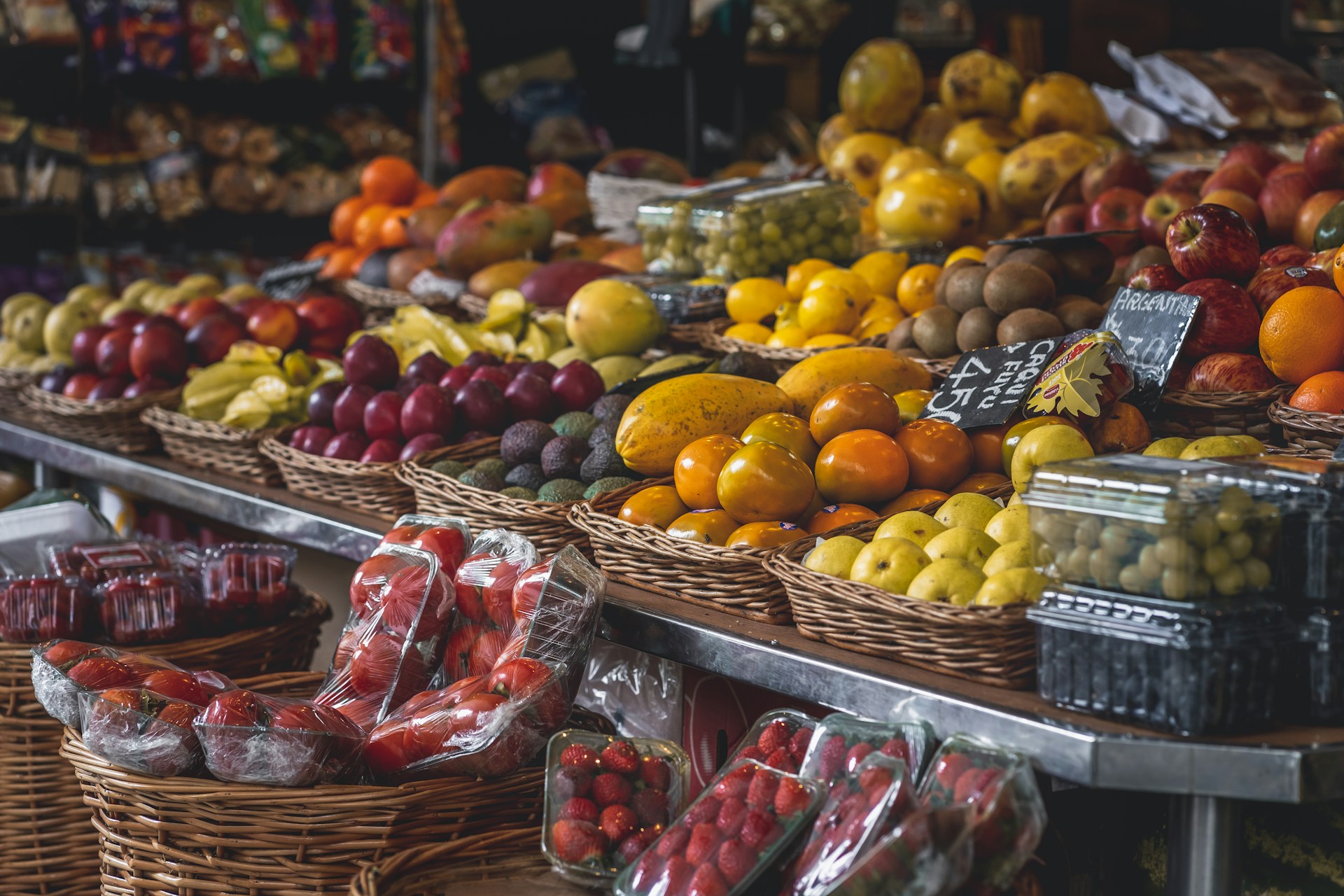Food safety is a matter of paramount importance in the produce retail industry.
As retailers, an essential part of your responsibilities includes ensuring the safety and quality of products reaching consumers.
Neglecting this aspect can lead to serious health repercussions for consumers and severe legal implications for your business.
Hence, stringently following safe food handling practices and adhering to hygiene standards is not an option, but a necessity.
This article aims to provide you with a clear understanding of the measures you need to undertake in your business.
In each step, we will delve into the details, providing you a practical guide to enhance food safety in your retail settings.
Steps To Ensure Food Safety In Produce Retail
1. Regular cleaning of all handling and display areas
The importance of maintaining a clean environment in produce retail cannot be overstated.
Regular cleaning of all handling and display areas should be regarded as a mandatory standard operating procedure.
Simply visual cleanliness does not suffice, the goal must be to eradicate possible contaminating microorganisms.
This can be achieved through an effective combination of physical cleaning and chemical disinfection.
However, the cleaning protocol should be designed to limit unnecessary chemical residue left on surfaces that could potentially contaminate the produce.
The frequency of cleaning may vary depending on factors such as the volume of traffic and the amount of produce moving through the area in question.
Special attention must be paid to high-contact items such as display shelves, trolleys, carts, and weighing scales, which can all act as transmission points for contamination.
The cleaning responsibility should not be left only to the housekeeping staff.
All retail staff should be adequately trained, equipped, and empowered to maintain cleanliness in their immediate work areas.
There should be a routine schedule for deep-cleaning of the facility.
Such a routine should be outside of operating hours to avoid disruption of the customer experience.
The effectiveness of the cleaning regime should be regularly measured using food safety auditing techniques.
Audits can provide reliable data to identify potential weaknesses in cleaning regimes and help fine-tune the process by providing constructive feedback.
By creating and maintaining a culture of cleanliness, retailers can show their commitment to selling only the freshest, healthiest produce to their customers.
Retailers should strive to exceed the minimum health code regulations and aim for a standard of cleanliness that would give their customers further reassurance of the safety of the produce they purchase.
Overall, a stringent and regular cleaning regime is a crucial component of ensuring food safety in produce retail.
2. Proper temperature control to prevent bacterial growth
In ensuring food safety in produce retail, proper temperature control plays a significant role.
It is vital because different types of produce require varying temperature ranges for optimal preservation, hence preventing bacterial growth.
Most bacteria that are harmful to humans thrive in a temperature danger zone, which ranges from 40°F (4°C) to 140°F (60°C).
This knowledge serves as a guide to knowing which temperatures can potentially promote bacteria growth on food produce and hence avoid.
Producing retailers therefore need to always ensure that their temperature controls adhere to recommended standards and are consistently monitored.
Not only will this prevent the breeding and growth of harmful bacteria but will also ensure the freshness and quality of the produce.
Various technological advancements support temperature control in the retail produce environment.
These include modern refrigeration and freezer units, which have temperature control features that allow for setting and monitoring of required temperatures.
At no point should the temperature of these units fall within the danger zone.
If such a case is observed, immediate action is required to restore the temperature balance and secure the food from bacterial contamination.
Regular maintenance checks should also be carried out to ascertain that the temperature control systems are in good working condition.
Don’t forget that all control units should maintain a steady temperature regardless of any external factors.
In addition to technological measures, processes like regular checking of temperatures, maintaining clean and organized storage, and immediate replacement of spoiled or contaminated produce also contribute significantly to effective temperature control.
Handling of perishable produce especially requires adherence to strict temperature guidelines since any slight deviation could lead to bacterial growth and thereby compromise food safety.
Incorrectly storing produce in relation to its temperature requirement could lead to spoilage and build-up of harmful bacteria.
With all these in mind, it is clear that proper temperature control is indeed fundamental for ensuring food safety in a retail produce environment.
3. Regular and Thorough Hand Hygiene for All Workers
One of the most fundamental steps to ensure food safety in retail is to enforce regular and thorough hand hygiene among all workers.
While this statement may sound simple, its impact on preventing foodborne illness should never be underestimated.
Interactive training in proper handwashing techniques is a powerful tool to combat contamination.
Employing proper handwashing techniques consistently eliminates harmful microbes that can easily transfer from employee’s hands to the produce.
Bacteria and viruses, such as E. coli and Norovirus, that can cause severe illnesses, are often present on human skin.
These organisms can easily transfer onto the produce during handling.
That’s why proper hand hygiene should be more than just routine; it should be an integral part of all employee training programs.
The World Health Organization (WHO) recommends washing hands for at least 20 seconds, covering all surfaces of the hands with soap, and rinsing thoroughly under running water.
It’s also essential to dry hands thoroughly after washing, as damp hands can accumulate microbes more readily.
This practice is not only important for employee’s personal hygiene but also for ensuring the safety of the produce they handle.
Additionally, employees should be encouraged to wash their hands frequently, particularly after using the restroom, touching their face or hair, or handling money or other potentially contaminated items.
The use of personal protective equipment, such as gloves, can also play a role in preventing contamination, particularly when handling ready-to-eat produce.
However, it’s important to underscore that gloves are not a substitute for proper handwashing – they can still become contaminated and transfer harmful microbes to the produce.
Therefore, employees should also follow proper procedures for changing gloves to avoid cross-contamination.
Regular audits should be carried out to ensure that workers comply with hand hygiene practices, and corrective actions should be taken when necessary.
All in all, rigorous and consistent hand hygiene practices not only enhance food safety but also promote a culture of hygiene awareness among employees, which is invaluable in preventing foodborne outbreaks in retail settings.
4. Careful sorting, removing damaged or rotten produce
The importance of carefully sorting and removing damaged or rotten produce cannot be overstated.
Produce items such as fruits and vegetables are the most susceptible to spoilage and contamination.
Therefore, a crucial step in ensuring food safety at the retail level is to meticulously sort through the items and remove anything that shows signs of damage or rot.
The produce section is often the first point of contact for customers at a grocery store.
One rotten apple or spoiling bunch of grapes can quickly spread bacteria and disease to the surrounding produce.
This not only leads to loss of inventory but can potentially place the customers’ health at risk.
For this reason, workers should be properly trained to identify signs of spoilage or damage.
Efforts should be made to quickly and efficiently dispose of any compromised items to prevent the spread of pathogens.
Furthermore, produce bins and displays should be cleaned regularly after the removal of spoiled or damaged goods.
This helps to eliminate any lingering bacteria that may have been present.
Implementing a rigorous sorting policy also helps to maintain the overall quality and appeal of the produce section, encouraging customers to purchase more.
Keeping a reputation for selling fresh, high-quality produce can instigate customer loyalty and repeat business.
While removing damaged or rotten produce can be a labour-intensive process, it plays a significant role in preventing foodborne illnesses and maintaining food safety standards.
This practice should not be overlooked or minimized in any retail setting that sells fresh produce.
Therefore, retailers should ensure that their sorting and disposal processes are functioning efficiently and that their workers are actively monitoring produce quality.
5. Implement traceability systems for potential contaminations.
Emerging technologies are enabling new methods to implement traceability systems, which can be used to detect potential contaminations in food retail.
A crucial element of food safety, especially in produce retail, is the ability to track and trace the journey of the product from the farm to the customer’s basket.
When implemented effectively, traceability systems can prove to be the backbone of food safety in produce retail, by allowing the quick and accurate identification of potentially contaminated products.
With the help of advancements in technology, implementing such traceability systems has become easier and more accurate than ever before.
Food retailers should employ such technologies to their advantage and invest in a robust traceability system for their operations.
This could greatly assist in the prevention and control of potential contaminations.
For instance, a traceability system could provide valuable insight into when and where a bacterial outbreak in fresh produce occurred.
In addition to helping prevent potential contaminations, implementing a traceability system also helps in establishing a trust relationship with consumers.
Consumers are likely to trust a retailer that utilizes traceability systems, as it assures them that any potential contamination will be quickly identified and addressed.
Importantly, implementing a traceability system could also mitigate the financial risks associated with foodborne disease outbreaks.
This is because, with such a system in place, retailers can promptly identify and recall potentially contaminated products, thereby limiting the spread of the contamination and any potential fines or lawsuits.
However, implementing a traceability system is not without challenges.
Food retailers have to consider various factors, such as the cost of the system, its ease-of-use, and the staff training required for its effective implementation.
Nonetheless, when done correctly, the benefits of implementing a traceability system for potential contaminations far outweigh the challenges.
Thus, it becomes evident that the implementation of traceability systems for potential contaminations is an essential step to ensure food safety in produce retail.
In a world where food safety is of paramount importance, the implementation of such systems could greatly enhance a retailer’s reputation and customer trust, potentially leading to increased sales and profitability.
The Bottom Line
Taking all these factors into account, it’s clear that maintaining the safety and health of both employees and customers in a food service or retail environment entails a multifaceted approach.
Routine sanitation of all handling and display areas, consistent attention to temperature management, diligent hand hygiene practice among staff members, careful produce sorting and robust traceability systems all play critical roles in creating a safe, efficient and regulatory-compliant environment.
Such measures not only protect consumers but they also safeguard the business from potential losses, liabilities or reputational damage associated with foodborne illness outbreaks.
Indeed, a pro-active and comprehensive approach to food safety management is paramount for operational success in the food industry and overall public health protection.




